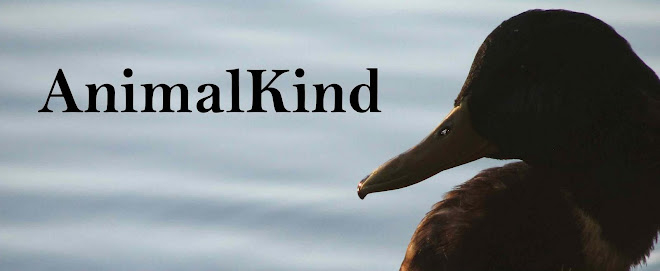
I am so privilege since I have the opportunity to volunteer at a local wildlife rehabilitation facility. Springtime is baby bird season (and a few mammals). It is both a fun and sad season since animals really do have the best possibility of survival with their parents. If you do see a baby bird on the ground, it is best to either place the baby back in her/his nest, or in a cardboard box in a tree as close to the test as possible. The same is true for mammals, except you will not want to handle them with your bare hands. Birds can't smell (except turkey vultures) but mammals can.
 A baby barn owl demands food.
A baby barn owl demands food.  Baby brush bunnies were a delight to feed.
Baby brush bunnies were a delight to feed.  A baby hummingbird is fed special nectar. You can see how small she is compared to the person's finger.
A baby hummingbird is fed special nectar. You can see how small she is compared to the person's finger.  A young swift clings to a towel, since they cling rather than perch. He is waiting patiently for worms, since swifts are insect eaters. Usually when I see babies in the care center, it means the annual month-long event of the swifts entering a local school chimney (quite the sight!) is happening soon.
A young swift clings to a towel, since they cling rather than perch. He is waiting patiently for worms, since swifts are insect eaters. Usually when I see babies in the care center, it means the annual month-long event of the swifts entering a local school chimney (quite the sight!) is happening soon.  Using a stuffed animal as a surrogate fooled this cute little finch. She begs it for food and even though we are the ones feeding her, she still doesn't associate humans with feeding her.
Using a stuffed animal as a surrogate fooled this cute little finch. She begs it for food and even though we are the ones feeding her, she still doesn't associate humans with feeding her. 








